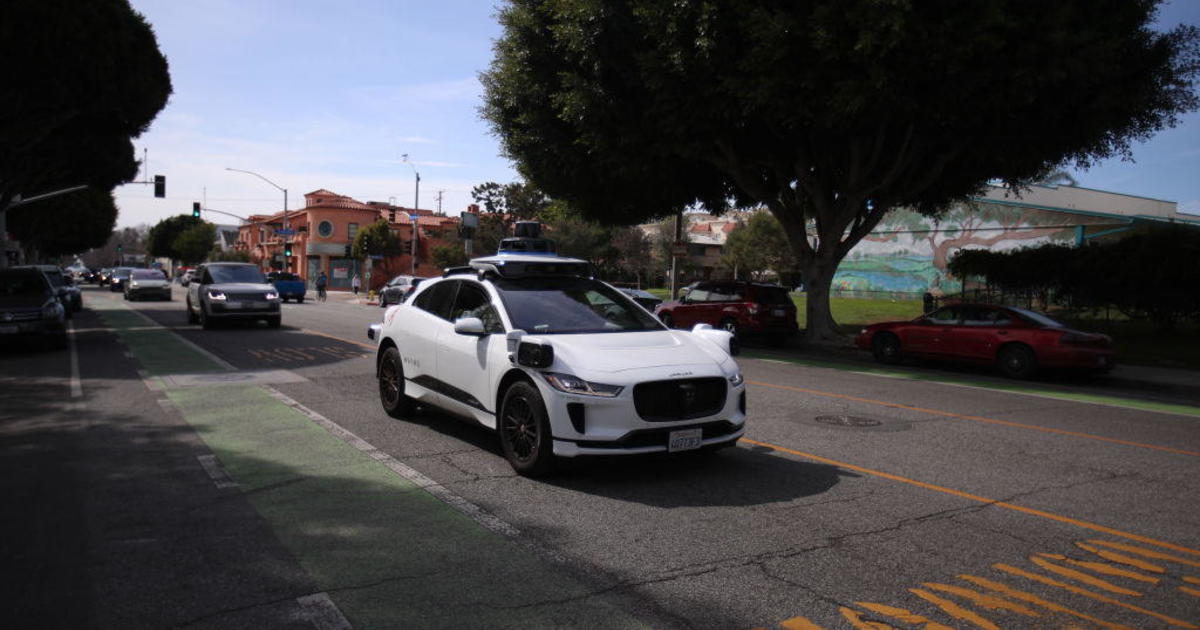NASA's Mars 2020 rover successfully completes its first test drive
NASA's Mars 2020 rover just earned its driver's license. The still-unnamed rover moved for the very first time Tuesday afternoon, and its proud parents are happy to report it passed the test.
According to NASA, the rover managed to roll forward and backward, as well as spin around a room at the Jet Propulsion Laboratory in Pasadena, California, where the rover was built. It marks an important test ahead of the rover's scheduled launch in July or August 2020.
"The next time the Mars 2020 rover drives, it will be rolling over Martian soil," NASA said in a press release.
The six-wheeled rover's first driving test lasted over 10 hours. It successfully steered, turned and drove over small ramps and mats while gathering data with the Radar Imager for Mars' Subsurface Experiment (RIMFAX), which is designed to penetrate the ground on Mars and see what lies beneath its surface.
This rover is JPL scientists' most ambitious to date. It has better navigation cameras, more durable wheels, an extra computer for processing images and making maps and more sophisticated navigation software.
"Mars 2020 has earned its driver's license," said Rich Rieber, the lead mobility systems engineer for Mars 2020. "The test unambiguously proved that the rover can operate under its own weight and demonstrated many of the autonomous-navigation functions for the first time. This is a major milestone for Mars 2020."
When the rover lands on Mars in early 2021, it will search for signs of ancient microbial life, study the red planet's climate and geology and collect samples that will eventually return to Earth. The mission will help pave the way for human exploration of Mars in the future.
It will also have a friend traveling with it — NASA's Mars Helicopter — to help it explore the Martian environment and assess its habitability.
Given the rover's advanced upgrades, NASA researchers said it will cover an average of about 650 feet per Martian day. It's a massive goal, given that the Opportunity rover previously set the record for the longest drive in a single Martian day at 702 feet.
"To fulfill the mission's ambitious science goals, we need the Mars 2020 rover to cover a lot of ground," said Katie Stack Morgan, Mars 2020 deputy project scientist.
In February, eight months after losing contact with the Opportunity rover, NASA sadly brought one of its most successful projects to an end. Opportunity, which was designed to operate for just 90 days on the Martian surface, surpassed engineers' wildest expectations and captured the hearts of millions as it roved the red planet for more than 14 years.
Now, the Mars 2020 rover is poised to follow in Opportunity's well-paved path.
"A rover needs to rove, and Mars 2020 did that yesterday," said John McNamee, Mars 2020 project manager. "We can't wait to put some red Martian dirt under its wheels."




